THE GENDER GUIDE
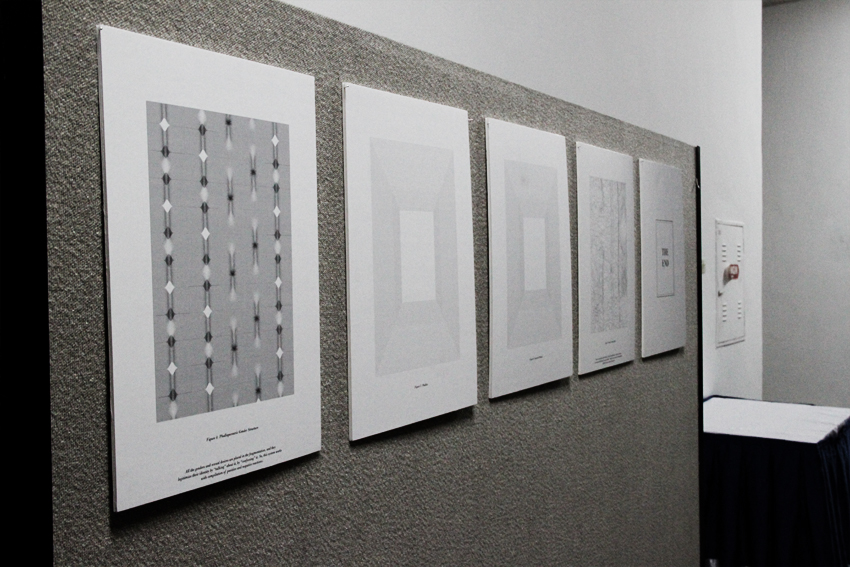
Bilkent Univesity, Media & Design Master Program
Project for Theory and Method in Media, Visual and Cultural Studies course
2010
Project for Theory and Method in Media, Visual and Cultural Studies course
2010
The starting point of the project was to describe Judith Butler’s concept about gender. In her book named “Gender Trouble”, she states that gender and sex are a construction in the society; they are picked up by individuals. She adds the idea of Simone de Beauvoir on the origin of body and self; Beauvoir argues that gender is a condition, and in the patriarchal system, only the masculinity is accepted as the main subject, it is the only one which is related with the universe. So,the women are not signified and in an asymmetry of sexes. Beauvoir also states that the body is not an essence which limits and identifies, but a tool and condition of feminine freedom. Judith Butler opposes this idea by adding a new level to Beauvoir’s concept: what if even the body is a construction? She criticizes feminism for not deciphering the sense of body, in the same criteria of “gender”. Butler states that every concept within sex and gender is a form of machism; even the masculinity is also a construction. The sex is only a perception formed in phallogocentric system, and gender is a performance.
“The Gender Guide”project is an attempt to describe this gender problem by schematizing it; with a poster series with graphic descriptions. The reason to choose a schematic expression is to create a sense of a mandatory pattern: the whole image of gender problem identification also looks like a construction. This is the main argument of the project: the manner of explaining the concept. The whole project is a “semi-fake” informative piece. It“is” a guide of gender, but who is the actual guide which directs the viewer is the main discussion subject. For example, on the first schematic poster, “The combinations of genderisation” figure is describing the possible fundamental genders in society. The first two forms are just bodies without any sexual identification, and the others have their identity with the symbols of “M” and “F”. These genders are being attached to the “bodies without sexes” as an implant. The whole schematisation of these genders is just for imitating the manner of construction in the subject’s identity. The introduction page gives the traces of this “fake” understanding and expression.
The descriptions about how are these genders formed in society has the same behavior. On the other hand, actually one cannot describe or depict the order of symbols, which is already abstracted from the human eye, and the second figure comes to the scene. A block of narrowed parallel lines are in the schema: the bottom part of it seems like it is falling down, or pulled down by the gravity, and also, one can describe that image as “the symbols are in a manner of deigning to the human world”. So after all, this schematisation is not concrete. The phallus schematics are coming from the duality of perspective: the phallus in the poster can be perceived in the basic perspective dichotomy, it can be both ascending and descending. However, the “inverted phallus” schema is making the period of decision more cluttering. The last poster is the most self explanative one: the constructed forms of genders are randomized and they interlace each other. The curves of “gender” are being corrupted and deformed.And the phrase on the bottom summaries the whole idea, in a “real” manner:
“One can escape from all the chains of gender identifications. For this salvation, one must reject all kind of sexual “guilds”. Thereby, one can reach the independent field where one can travel everywhere.”

The Gender Guide
"On ne nait pas femme, on le devient."
Simone de Beauvoir
"On ne nait pas femme, on le devient."
Simone de Beauvoir

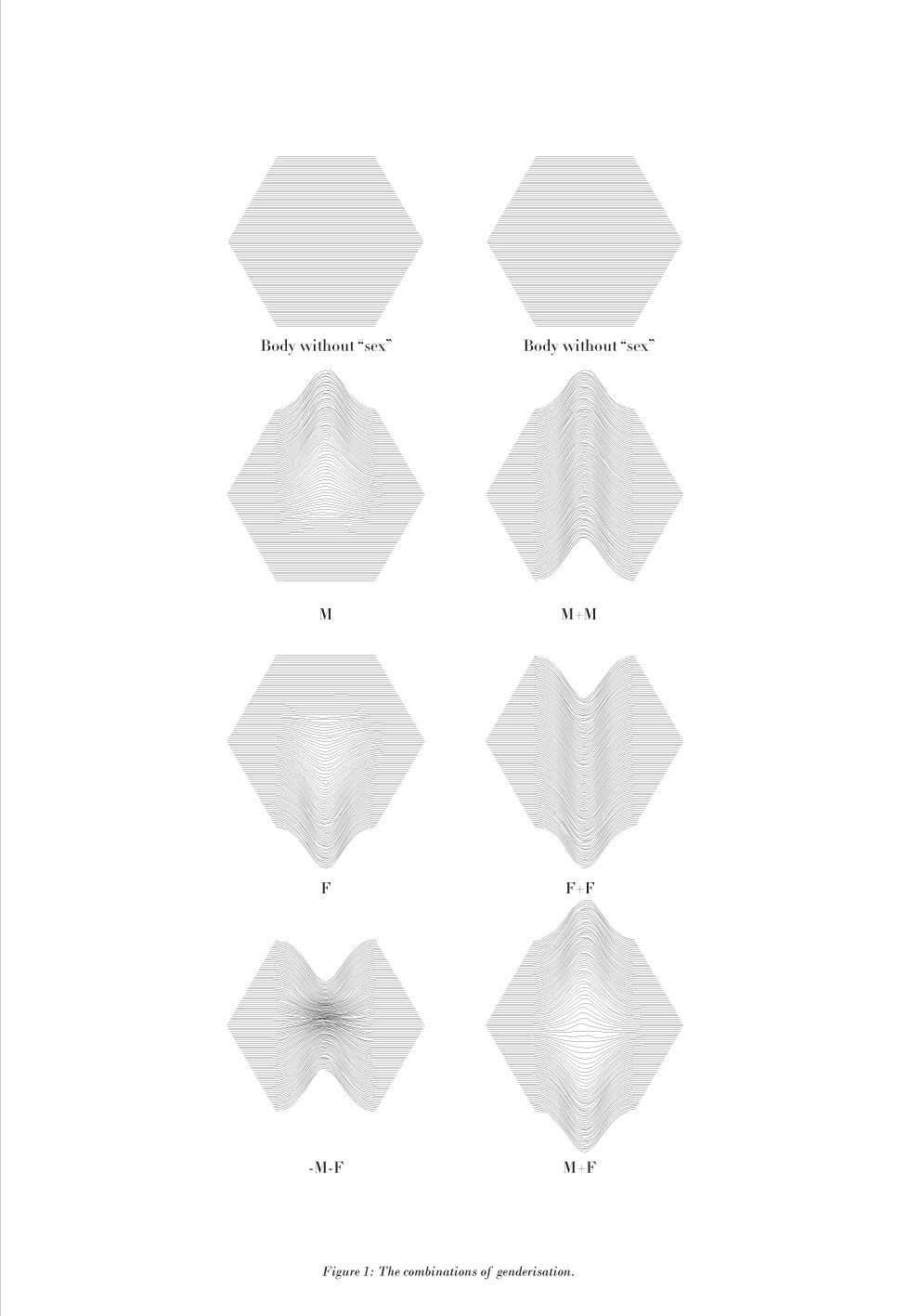
Figure 1: The combinations of genderisation.

Figure 2: The Symbolic Order
All the significations are constructed in the symbolic order / Big other.
This system is mediating the "things" with the "subject".
All the significations are constructed in the symbolic order / Big other.
This system is mediating the "things" with the "subject".
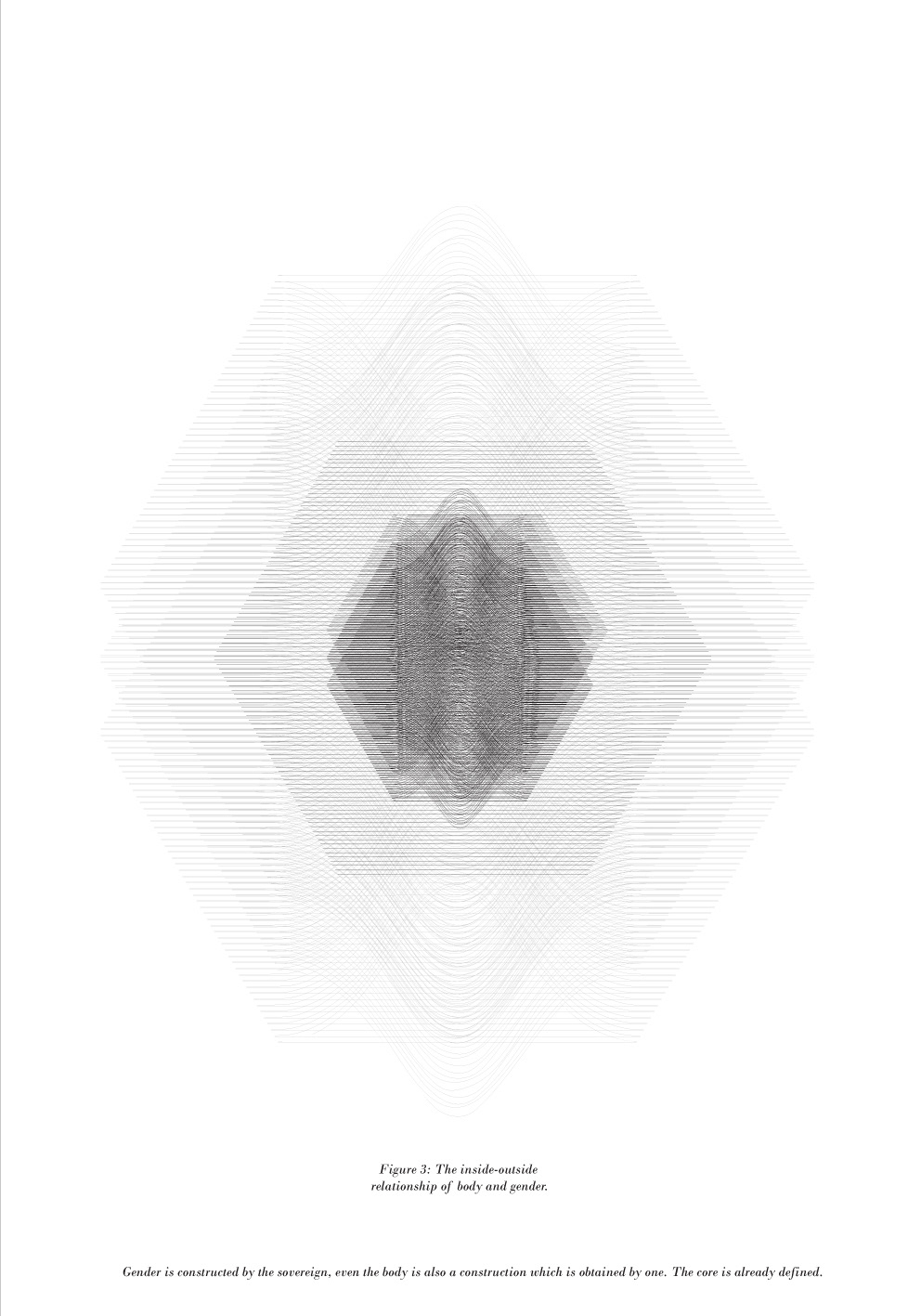
Figure 3: The inside-outside relationship of body and gender.
Gender is constructed by the sovereign, even the body is also a construction which is obtained by one.
The core is already defined.
Gender is constructed by the sovereign, even the body is also a construction which is obtained by one.
The core is already defined.

Figure 4: Phallagocentric Gender Structure
All the genders and sexual desires are placed in the fragmentation, and they legitimize their identity
by "talking" about it, by "confessing" it. So, this system works with compilation of
positive and negative reactions
All the genders and sexual desires are placed in the fragmentation, and they legitimize their identity
by "talking" about it, by "confessing" it. So, this system works with compilation of
positive and negative reactions
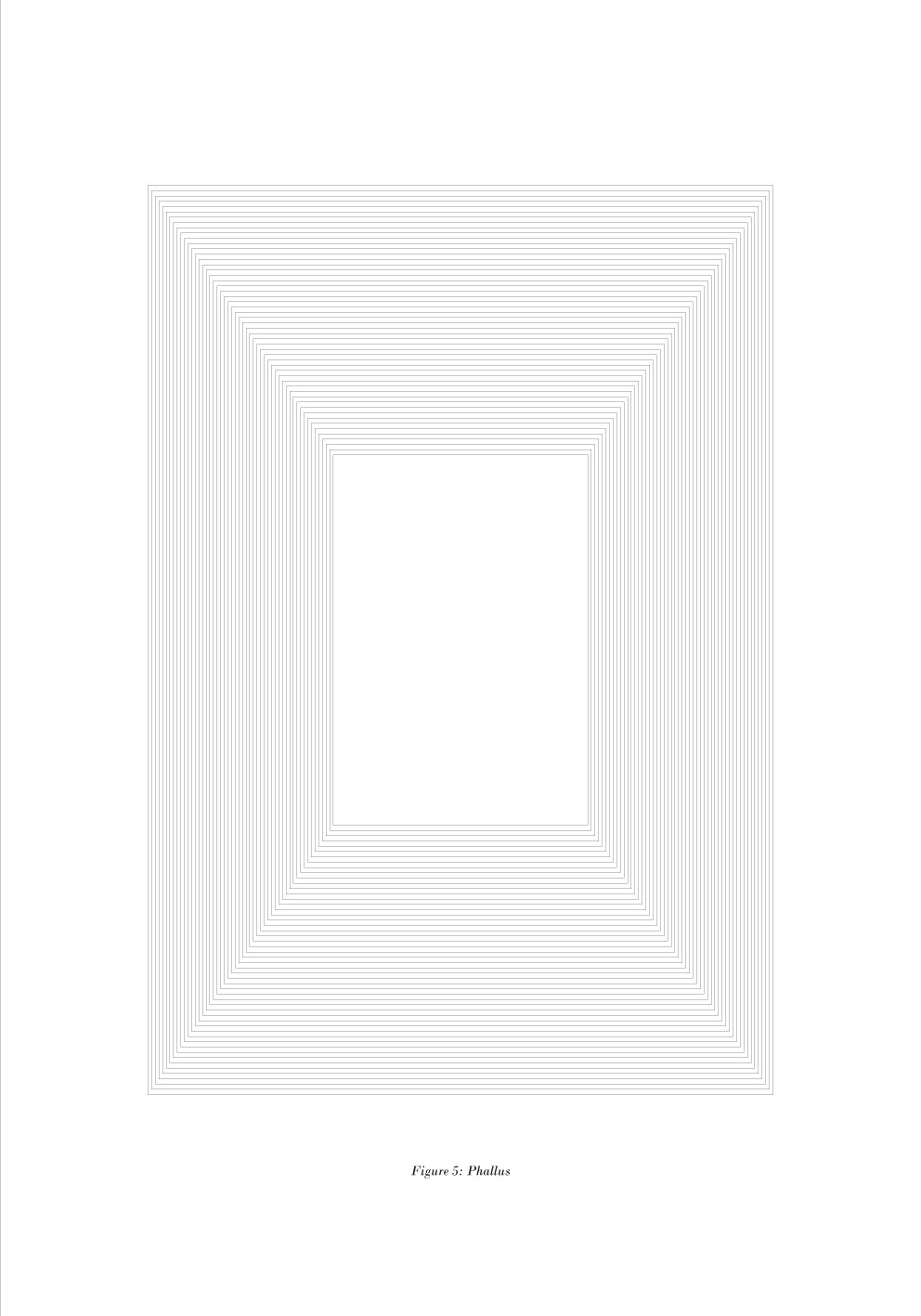
Figure 5: Phallus

Figure 6: Inverted Phallus
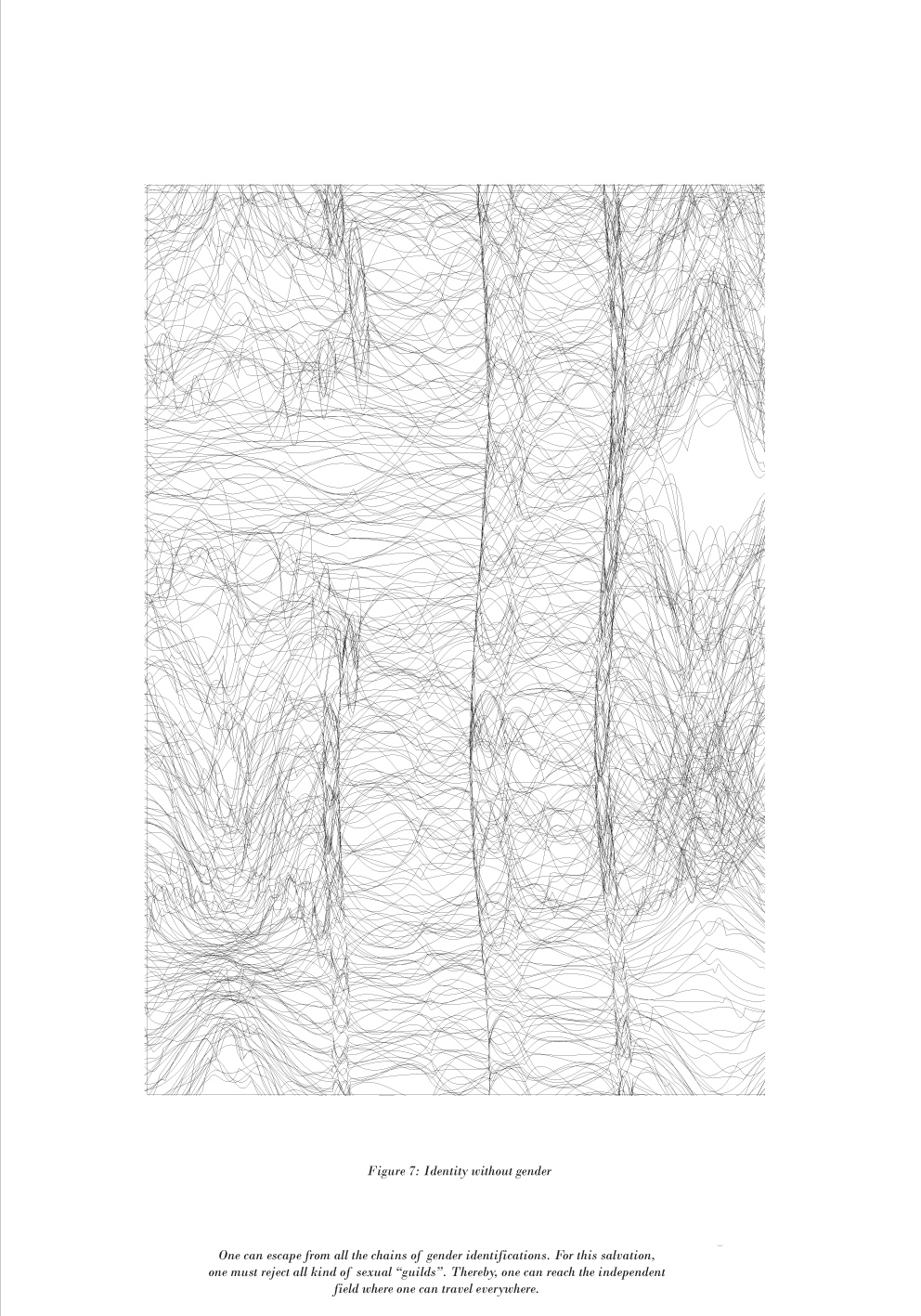
Figure 7: Identity without gender.
One can escape from all the chains of gender identifications. For this salvation, one must reject
all kind of sexual "guilds". Thereby, one can reach the independent field where one can travel everywhere.
One can escape from all the chains of gender identifications. For this salvation, one must reject
all kind of sexual "guilds". Thereby, one can reach the independent field where one can travel everywhere.
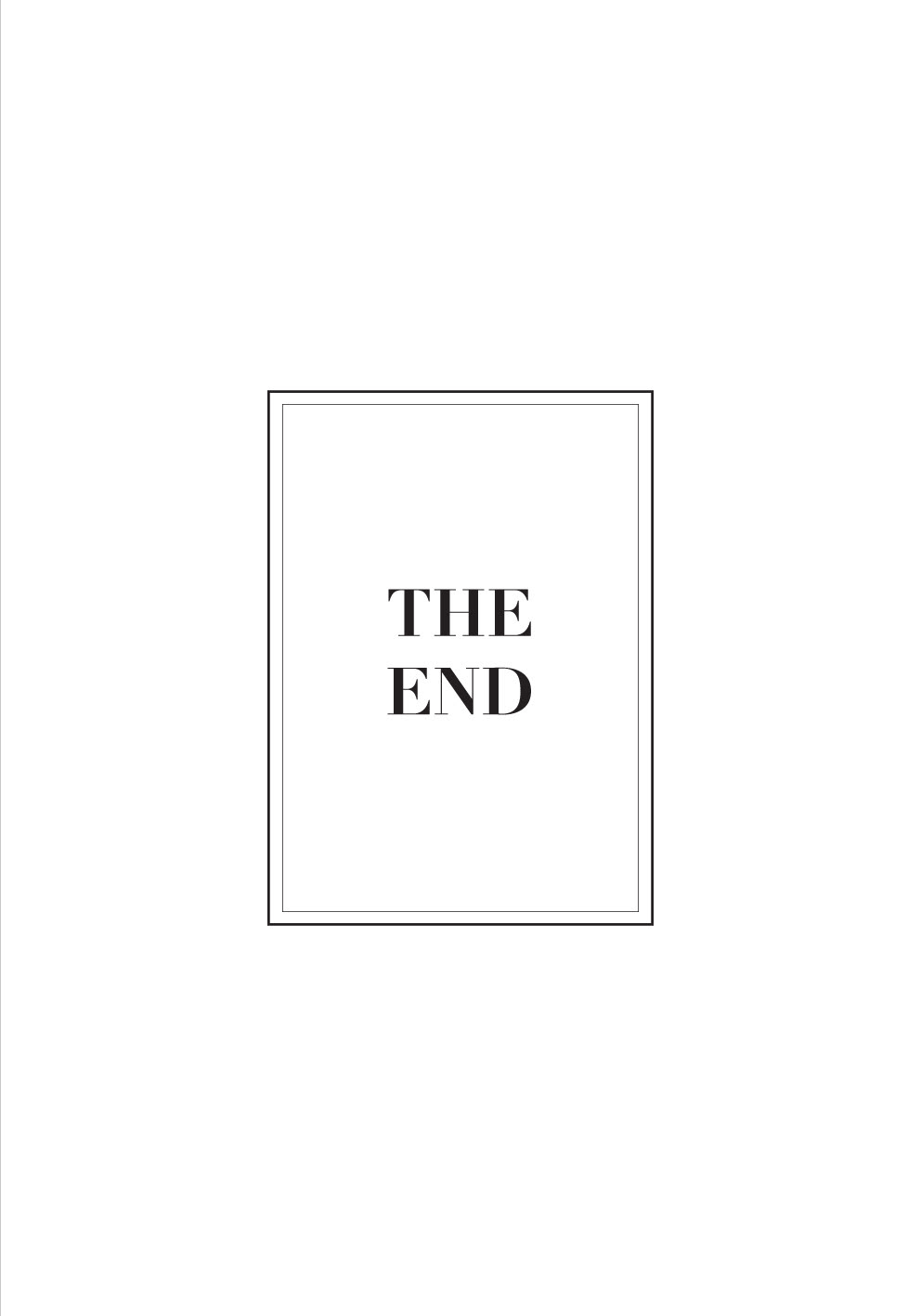

The exhibition in the department building.
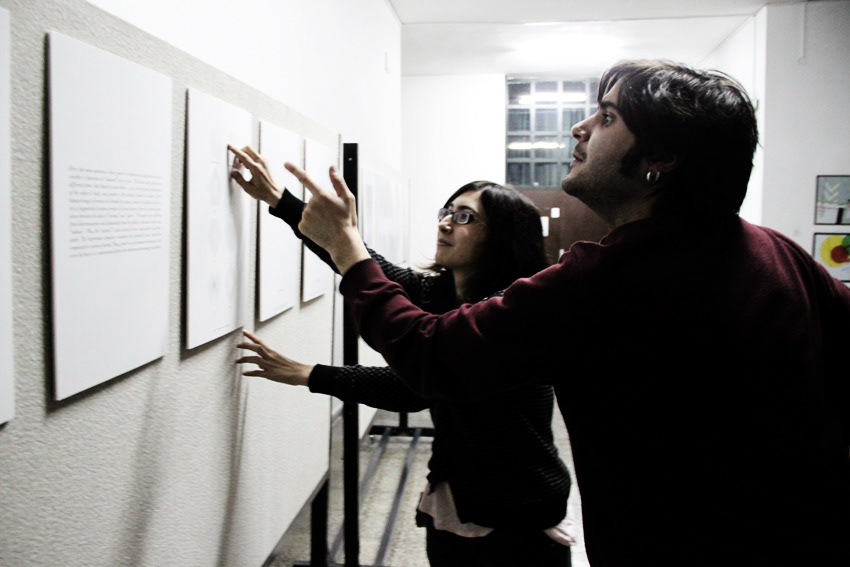
Me, explaining my project to an unlucky woman, with holy gestures. In this photograph, we can see her having a divine philosophical enlightenment. She will never be the same again.
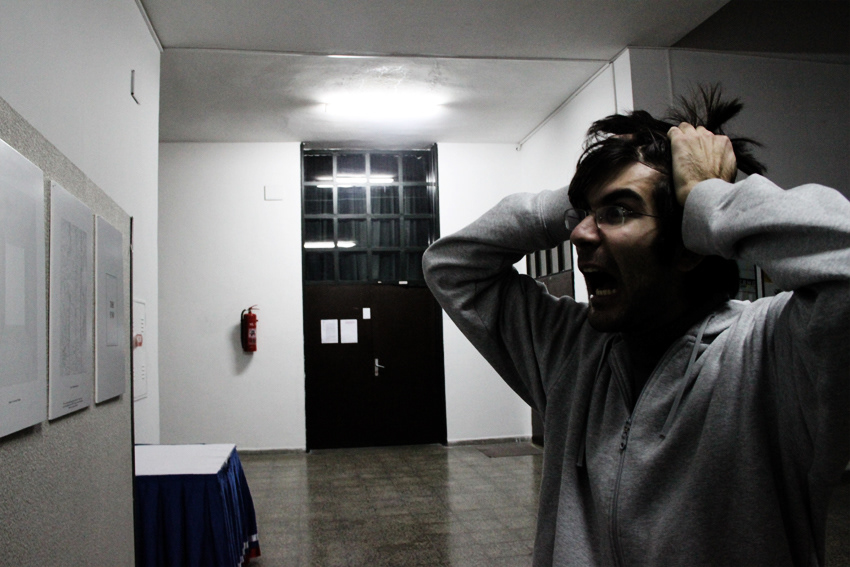
This poor guy is having a sublime dissapointment after learning that his masculinity is just a performance.
He will also never be the same again.
He will also never be the same again.
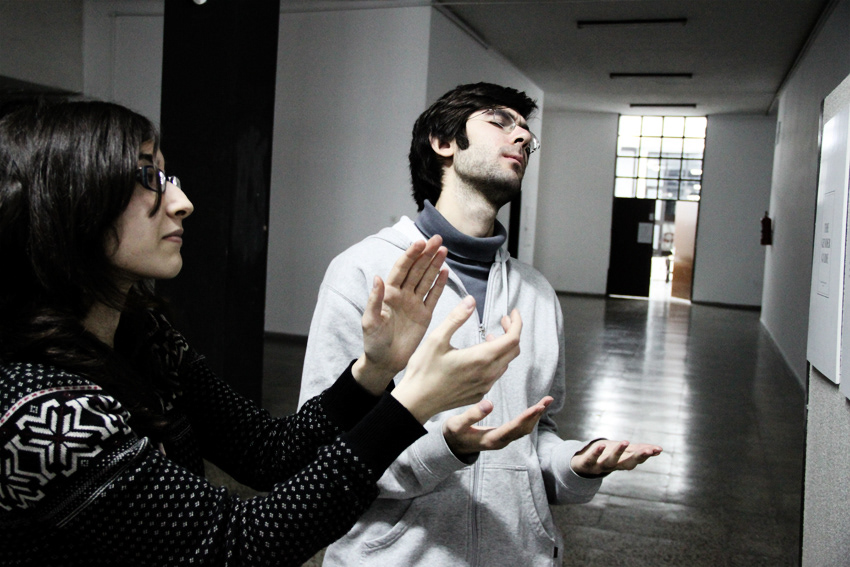
In the end, they were pleased by having the guidance of gender.
